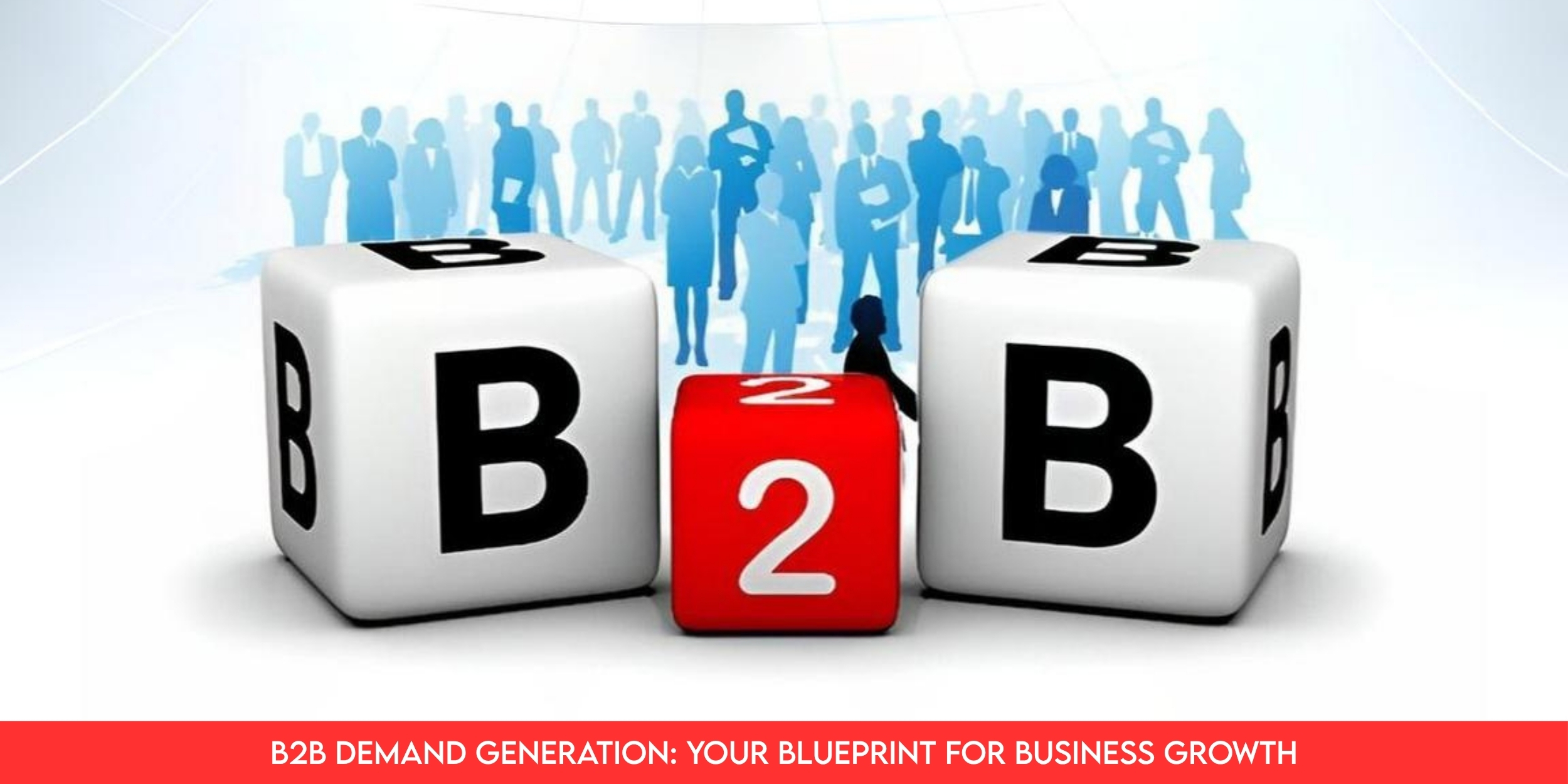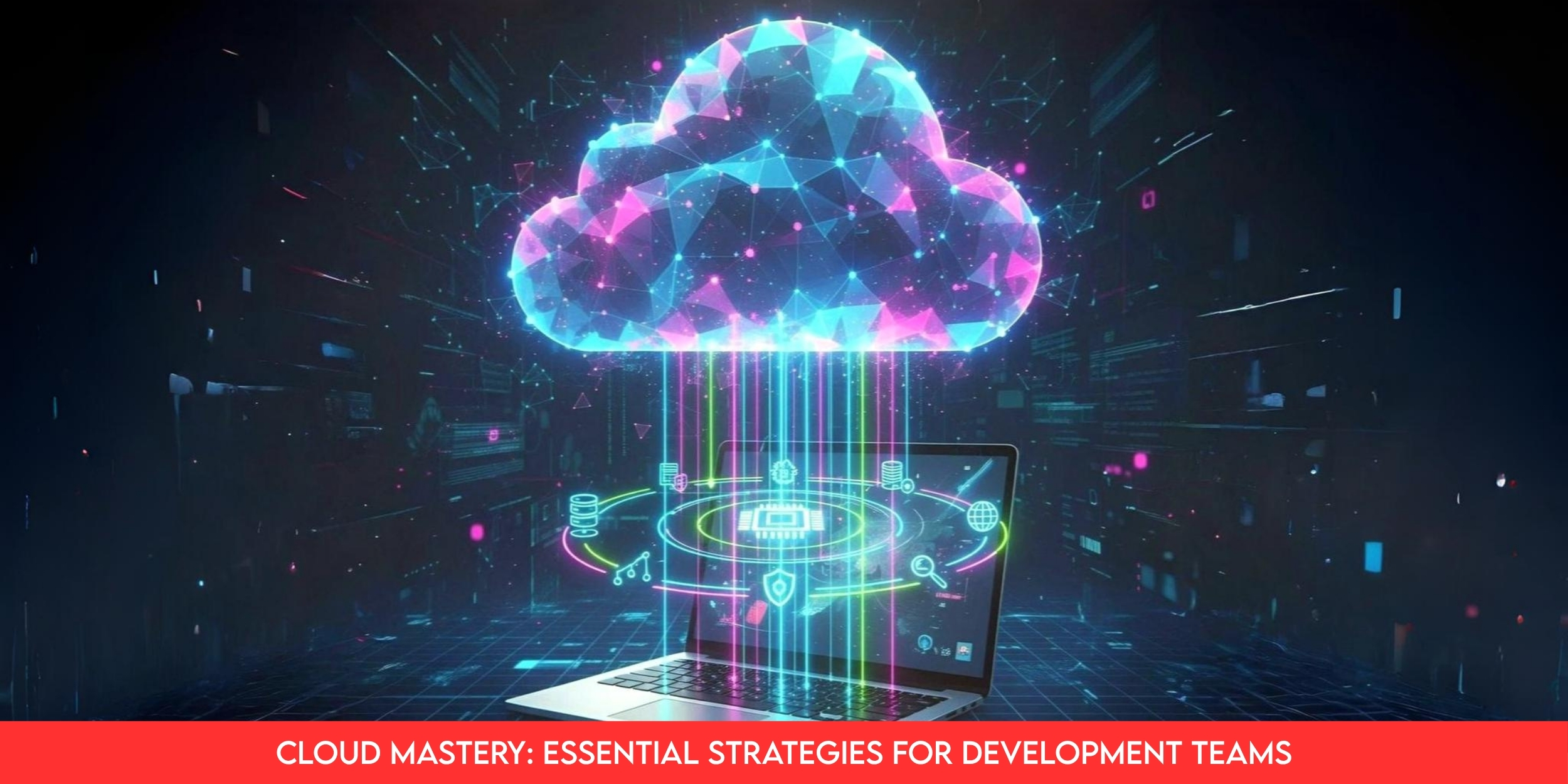
Introduction: Where mobile apps go next, and why you should care
You use mobile apps every day. So do your customers. That steady, intimate relationship means the next wave of app technology will change how businesses sell, operate, and stay relevant. This piece maps the trends shaping Mobile App development through 2026, ties them to real market data, and gives clear moves you can use to make an app people keep and pay for.
Why the next three years matter: market size and app consumption
The mobile app economy is still growing fast. Recent industry estimates put global mobile app revenue in the hundreds of billions and forecast clear year-over-year growth driven by in-app purchases, subscriptions, ads, and commerce. App downloads and total time spent in apps continue to climb, with the average smartphone user opening around 10 apps daily and spending multiple hours each day inside apps. These usage patterns mean every UX change, API upgrade, or optimization you make compounds quickly in user engagement and revenue.
What this means for you: the addressable market keeps expanding. Small improvements in speed, personalization, or trustability often pay back more than a big redesign.
Trend 1 - AI and ML move from feature to platform
AI is no longer a novelty in apps. Expect generative features, smarter personalization, and on-device inference to be standard. Use cases that will dominate:
Hyper-personalized content and push notifications
On-device privacy-preserving ML for faster decisions and lower latency
AI-assisted developer tooling that automates boilerplate and accelerates QA
Why it matters: AI boosts engagement and retention when it’s useful, timely, and explainable. Build AI features that save time or reduce friction, not simply to “look smart.” Multiple 2025 analyses list AI personalization and on-device ML as top priorities for app teams.
Trend 2 - 5G and edge computing enable richer real-time apps
5G and edge compute change the tradeoffs between latency, compute, and battery. Expect:
Real-time collaboration and multiplayer experiences in mobile apps
AR features that stream heavy compute to the edge while preserving interactivity
Faster, event-driven services that feel instant to users
Real data shows 5G adoption is enabling new commerce and streaming patterns. If your product needs real-time sync or immersive features, plan infrastructure for edge or hybrid compute now.
Trend 3 - Cross-platform frameworks win pragmatism
Maintaining separate iOS and Android codebases costs time and money. The practical shift is toward robust cross-platform frameworks like Flutter, Kotlin Multiplatform, and modern React Native variants. These frameworks now deliver near-native performance for most business apps. Tooling improvements and corporate adoption mean cross-platform stands out as the pragmatic default for many teams. JetBrains and other framework trackers list these as leading choices for 2025.
Decision point: Use cross-platform when speed to market and shared business logic matter. Choose native when you need platform-specific optimizations or advanced platform-only APIs.
Trend 4 - PWAs, instant apps, and the frictionless first touch
Users discover apps through search, social, and web. Progressive Web Apps and instant app experiences reduce the friction of “download, install, open.” Expect:
PWAs that act like native apps for many use cases
Instant onboarding flows from web to app for conversion lift
When acquisition is expensive, a fast, web-first experience becomes a growth lever. Several 2025 trend reports expect PWAs and instant experiences to continue taking meaningful share of first-time usage.
Trend 5 - Low-code and no-code open the funnel
Low-code/no-code platforms let product people prototype and ship quickly. That means faster experiments, less dev backlog, and more validated ideas arriving at engineering with real user data. But they are not a universal replacement. Complex apps still need experienced engineers and solid architecture. Industry roundups place low-code as an accelerating but complementary trend.
Trend 6 - AR, voice, and new interfaces become mainstream interactions
Augmented reality, voice assistants, and wearable UIs are moving from niche to mainstream in shopping, training, and customer support. Brands using AR for try-before-you-buy and voice for hands-free flows are seeing higher conversion and retention. Plan experiences that move fluidly across screen sizes and input types.
Trend 7 - Monetization evolves: subscriptions, commerce, and attention
Mobile commerce continues to grow, and app-first shopping experiences are a major revenue driver. Subscriptions and microtransactions remain reliable for many verticals. But attention is scarce. Successful apps bundle convenience, trust, and a clear value exchange. Adjust and market analyses forecast mobile commerce revenue growth and continued growth in e-commerce app installs.
Trend 8 - Security, privacy, and compliance are essential product features
With rising regulation and savvy users, security is a feature you must build and market. Expect:
End-to-end encryption for sensitive flows
Clear privacy-first defaults and transparently explained data use
App store compliance baked into release pipelines
Security choices affect adoption and retention, especially in finance and healthcare apps. Treat trust as measurable KPI.
Practical checklist - Build for 2026 (what to do next)
Audit: measure current app speed, retention, and crash rates. Use those as priority multipliers.
API & infra: redesign for edge-friendly patterns and async APIs. Add feature flags.
UX: implement progressive onboarding and PWA fallback. Reduce initial friction.
Data & AI: start with a single predictive feature that saves time for users. Keep it explainable.
Dev stack: pick cross-platform if you want 60–80% code reuse. Reserve native for platform-critical modules.
Monetization test: run A/B tests for subscription vs in-app commerce funnels.
Security: add privacy-first defaults, and publish a simple privacy highlights page in your app.
Market prediction and future scope
Short term (12–24 months): Continued growth in downloads and time spent. App revenues expected to grow year-over-year in the high single digits to low double digits driven by commerce and subscriptions. Regions like MENA and Southeast Asia will show faster install growth, while North America remains revenue-rich.
Medium term (3 years): Cross-platform becomes the default for most business apps. AI features will separate winners from also-runners. PWAs gain more share of first-touch experiences. 5G fuels more immersive and real-time features.
Bottom line: If you design for modularity, privacy, and rapid iteration, you’ll capture new use cases and defend against churn.
Authentic app consumption data (snapshot)
Average user apps per day: ~10.
Mobile app time per user: multiple hours daily; a significant share of US digital time is mobile app time.
App store scale: several million apps across major stores; e-commerce apps grew in installs in 2024–25.
These consumption figures come from industry trackers and aggregated market reports. They justify investing in retention and UX improvements that compound across many daily touchpoints.
FAQs
Q1: Should I build native or cross-platform in 2025?
Use cross-platform for most business apps where speed and shared logic matter. Choose native when you need low-level device access, sustained peak performance, or platform-exclusive features.
Q2: Is PWA good enough to replace native apps?
Not always. PWAs reduce acquisition friction and are great for broad reach. But native still wins on hardware access, deeper OS integrations, and some performance cases. Use PWAs as part of a broader funnel.
Q3: How important is AI in mobile apps today?
Very. AI drives personalization, search, and efficiency. Start with a single predictive use case that saves users time, then iterate.
Q4: What monetization model should I pick?
Test. Subscriptions work for ongoing value. Commerce works for retail. Ads work for scale and high DAU. Use data to decide, not assumptions.
Q5: What’s the best KPI to track for app longevity?
Retention at day 7 and month 1, plus revenue per active user. If users stop returning, acquisition spend won’t scale.
Closing Note
Trends matter. But what actually wins is understanding a small group of users and reducing one big friction for them. Build iteratively, measure compassionately, and let data decide scale. Mobile apps will remain one of the most intimate ways you reach people. Keep that intimacy honest.




